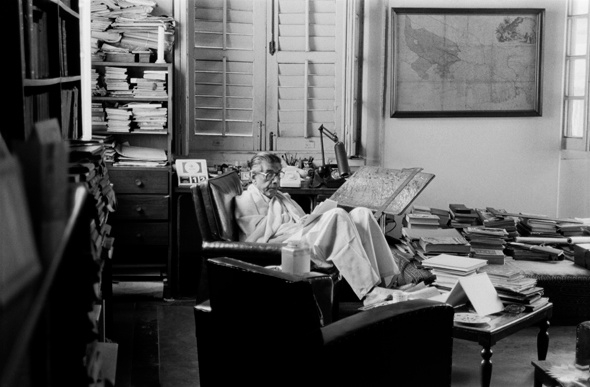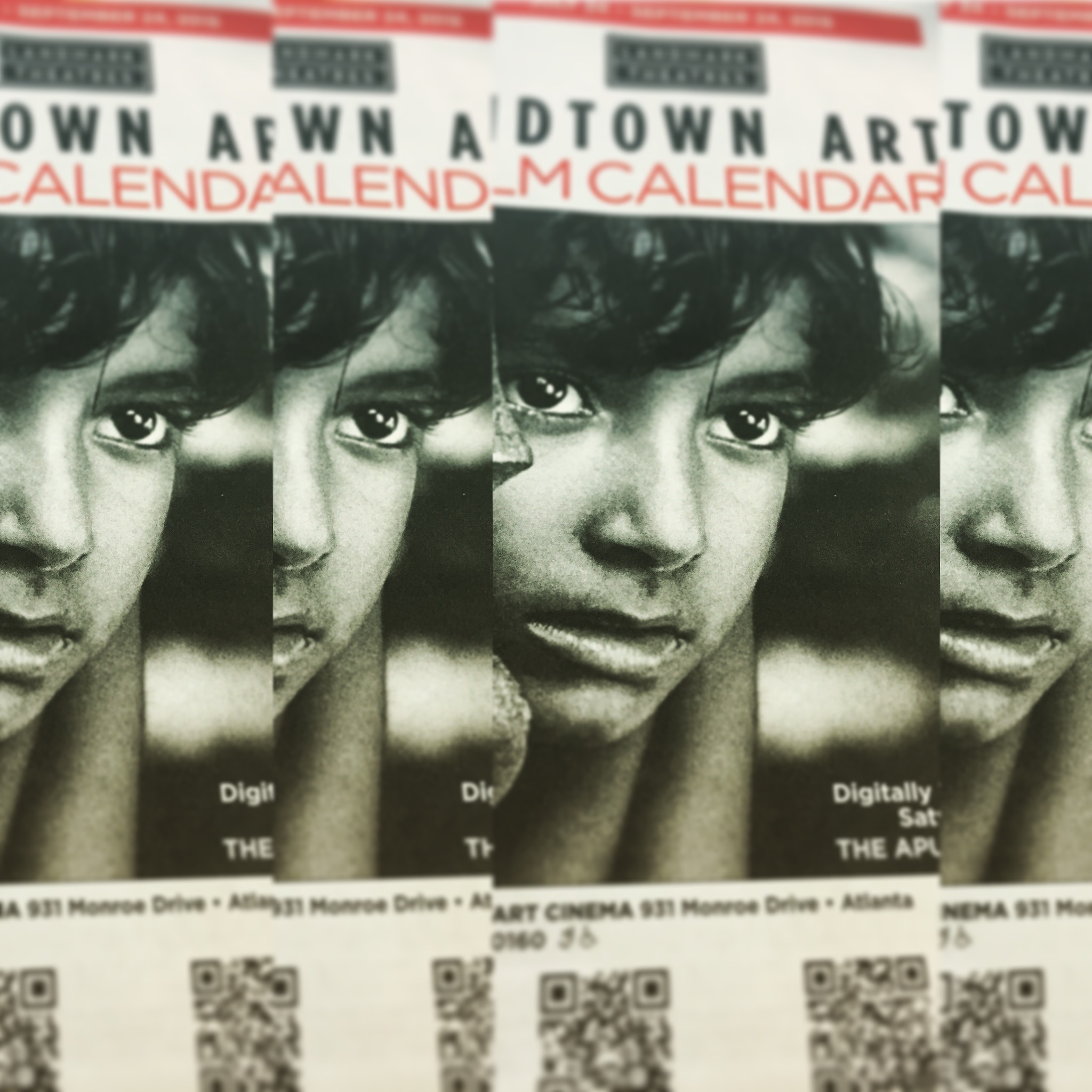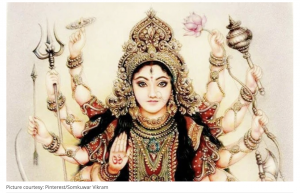A few weeks ago, I went to see “3 1/2 Minutes, Ten Bullets,” a riveting documentary about the shooting death of Jordan Davis at a Jacksonville gas station. It’s well worth your time.
On the way out, I picked up a Midtown Art film calendar that had Apu’s face on the cover. Apu as in Satyajit Ray’s “The Apu Trilogy, the highly acclaimed series of films about a free-spirited Bengali boy who grows into a man of the world.
Ray was my mother’s cousin and I always knew him as Manikmama. Manik was his nickname; mama means mother’s brother.
Ray directed more than 30 films and went on to gain international fame. But he also wrote books and made movies aimed at children. I grew up with tales of Feluda, the sleuth, and Professor Shonku, the scientist who spoke 69 languages.
But it was film, and specifically, “The Apu Trilogy” that catapulted Ray to international fame.
 “Never having seen a Satyajit Ray film is like never having seen the sun or moon,” declared Japanese director Akira Kurusawa. That was a quote often recited in my hometown, Kolkata. Ray was such a point of pride, along with Mother Teresa and Amartya Sen, the Nobel Prize-winning economist.
“Never having seen a Satyajit Ray film is like never having seen the sun or moon,” declared Japanese director Akira Kurusawa. That was a quote often recited in my hometown, Kolkata. Ray was such a point of pride, along with Mother Teresa and Amartya Sen, the Nobel Prize-winning economist.
Bengalis hailed him as a hero for the fame he showered on his people but many shied away from his work. His films were too negative, someone once told me. They were too real.
Yes, too real for comfort in a country still struggling to lift all boats. Ray’s movies were the opposite of Bollywood and had little to offer to the masses who wanted to escape at the cinema, not see their own reality.
“Pather Panchali,” which means Song of the Path, tells the story of Apu as a boy from a poor family in rural West Bengal. “Aparajito” or “The Unvanquished” follows Apu through his formative years as the family faces crushing poverty. Finally, we see Apu as an adult who marries and faces tragedy in the last of the trilogy, “Apur Sanser,” or “The World of Apu.”




ah..lovely write up